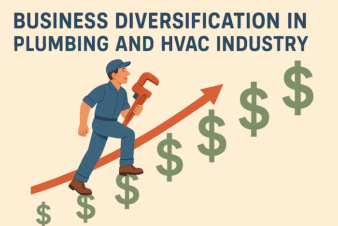
Just when the “us versus them” controversy regarding flat plat or evac tube collectors has subsided, along comes another option. Eventually, if you crunch the numbers and talk to system owners, the difference between tubes and plate-style collectors is clear. The evac tubes do not magically “create” more heat energy as some of the early sales and marketing claims eluded. Agreed, the tube-style collector, when manufactured and operated properly, does have an edge in colder ambient conditions, and it provides higher operating temperatures. It does this by providing a better insulation valve between the absorber and the ambient temperature. Limit that loss and more energy is delivered to the load. Simple enough. And, most agree to that difference being the main difference.
Reliability and longevity is also important and the collector should provide 20 years or more of performance. The ability to check and confirm the performance over the next few years may help determine which style of collector is the better buy for the system owner. Stay tuned for that data, or ask around the industry for first-hand experience and acquired data.
Recently, there has been talk about a much different approach to SDHW production. The concept involves a PV collector tied direct to a resistance element in a tank-style heater. A controller is included to allow the electrical energy to flow directly to the heater. No additional heat exchangers are required, no fluids to freeze or maintain. Seems simple and trouble-free, and possibly a means to get systems on the roof at the lowest possible cost. A patent search shows these systems dating back to the early 1980s. Lower cost PV modules and simple installation procedures may drive the acceptance of this system.
Consider this type of PV power also could be applied to a heat pump-style water heater, providing a COP of 2 or more. This would add the additional cost of the heat pump component along with the service, maintenance, repair and eventual replacement of a more complicated piece of equipment. Remember, the energy the heat pump-style (HP) water heaters shuffle from the space to the water in the tank comes from somewhere. Energy isn’t created or destroyed; we just transfer it. So in the winter months, for example, the heat energy that is being “moved” into the HP water heater tank is coming from your homes heating system. A dollar value should be accessed to the portion of the operating cost; it’s not exactly “free” heat. Proper location and installation of a HP-style tank WH will be crucial to performance and life expectancy.
So there you have it: a quick overview of solar water heating, the choices and concerns from my humble opinion. There are always trade-offs when you consider the wide range of products and technologies available to heat domestic water. In the end, we are all chasing a reliable, cost effective, and energy efficient product for our customers. Consider them all, remember to get appropriate training and apply them correctly and safely.
Let me know your thoughts on the choices and future direction of DHW production, with the sun’s energy in the mix, of course.
Partnering in heat transfer.
Sincerely, hot rod




Join the conversation: